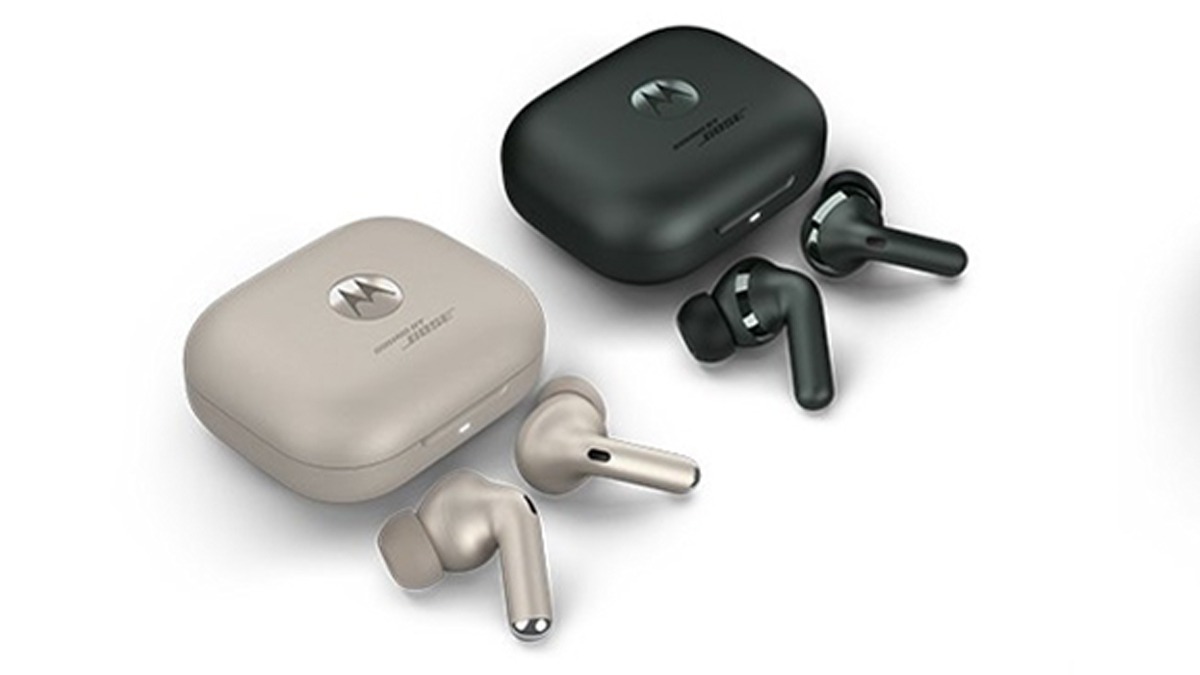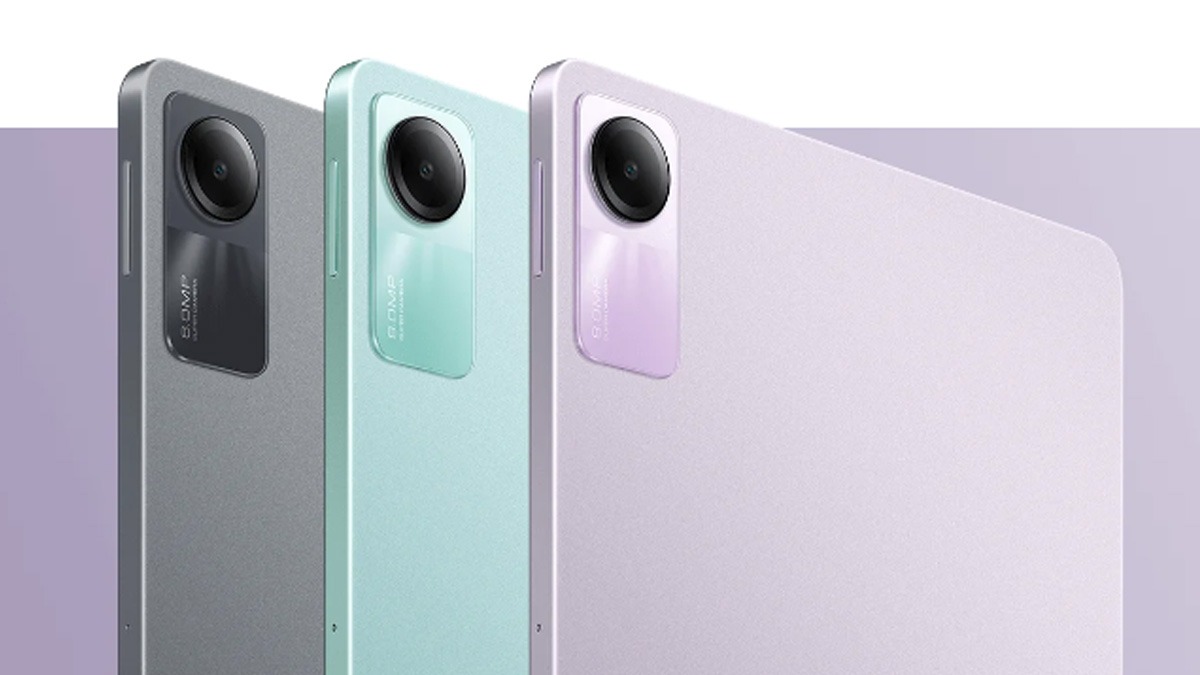Just In
- 27 min ago

- 36 min ago

- 54 min ago

- 2 hrs ago

Don't Miss
- News
 23-Year-Old College Student Neha Killed On BVB Campus In Hubballi, Fayaz Arrested
23-Year-Old College Student Neha Killed On BVB Campus In Hubballi, Fayaz Arrested - Movies
 Yuva HD Leaked Online For Free Download Within Hours Of Its OTT Release
Yuva HD Leaked Online For Free Download Within Hours Of Its OTT Release - Sports
 FIDE Candidates Tournament: Praggnanandhaa holds Nepomniachtchi for draw, Gukesh beats Abasov, Vidit loses; Player Standings After Round 12
FIDE Candidates Tournament: Praggnanandhaa holds Nepomniachtchi for draw, Gukesh beats Abasov, Vidit loses; Player Standings After Round 12 - Finance
 Rs 40/Share Dividend: Small Cap Under Rs 100 To Hit Ex-Date In 4-Days, Gains 74.21% In 1-Week
Rs 40/Share Dividend: Small Cap Under Rs 100 To Hit Ex-Date In 4-Days, Gains 74.21% In 1-Week - Automobiles
 India's Elections Trigger Airfare Surge in Tamil Nadu
India's Elections Trigger Airfare Surge in Tamil Nadu - Lifestyle
 Thrissur Pooram 2024: Date, Time, History, Significance, And Celebrations Related To Kerala's Rich Traditions
Thrissur Pooram 2024: Date, Time, History, Significance, And Celebrations Related To Kerala's Rich Traditions - Education
 Karnataka SSLC Result 2024 Soon, Know How to Check Through Website, SMS and Digilocker
Karnataka SSLC Result 2024 Soon, Know How to Check Through Website, SMS and Digilocker - Travel
Telangana's Waterfall: A Serene Escape Into Nature's Marvels
Smartphone can hack 3-D printer to steal intellectual property
The sophisticated gadgetry in smartphones makes them ideal tools to steal sensitive data from 3-D printers, says a study.

That's according to a new University at Buffalo study that explores security vulnerabilities of 3-D printing, also called additive manufacturing, which analysts say will become a multibillion-dollar industry employed to build everything from rocket engines to heart valves.
SEE ALSO: UPCOMING: Top 15 Smartphones to be Launched in India Soon
"Many companies are betting on 3-D printing to revolutionise their businesses, but there are still security unknowns associated with these machines that leave intellectual property vulnerable," said the study's lead author Wenyao Xu, Assistant Professor at University at Buffalo in New York.
Unlike most security hacks, the researchers did not simulate a cyberattack. Many 3-D printers have features, such as encryption and watermarks, designed to foil such incursions.
Instead, the researchers programmed a common smartphone's built-in sensors to measure electromagnetic energy and acoustic waves that emanate from 3-D printers.

These sensors can infer the location of the print nozzle as it moves to create the three-dimensional object being printed.
The smartphone, at 20 centimetres away from the printer, gathered enough data to enable the researchers to replicate printing a simple object, such as a door stop, with a 94 per cent accuracy rate.
For complex objects, such as an automotive part or medical device, the accuracy rate was lower but still above 90 per cent.
SEE ALSO: Top 8 Apple iPhone models to buy in India now at great price
"The tests show that smartphones are quite capable of retrieving enough data to put sensitive information at risk," co-author of the study Kui Ren, Professor at University at Buffalo, said in a university statement.
The richest source of information came from electromagnetic waves, which accounted for about 80 per cent of the useful data. The remaining data came from acoustic waves.
SEE ALSO: Apple iPhone 7 vs iPhone 6s: What's Different?
The detailed findings will be presented at the Association for Computing Machinery's 23rd annual Conference on Computer and Communications Security in October in Austria.
Source IANS
-
99,999
-
1,29,999
-
69,999
-
41,999
-
64,999
-
99,999
-
29,999
-
63,999
-
39,999
-
1,56,900
-
79,900
-
1,39,900
-
1,29,900
-
65,900
-
1,56,900
-
1,30,990
-
76,990
-
16,499
-
30,700
-
12,999
-
62,425
-
1,15,909
-
93,635
-
75,804
-
9,999
-
11,999
-
3,999
-
2,500
-
3,599
-
8,893












































